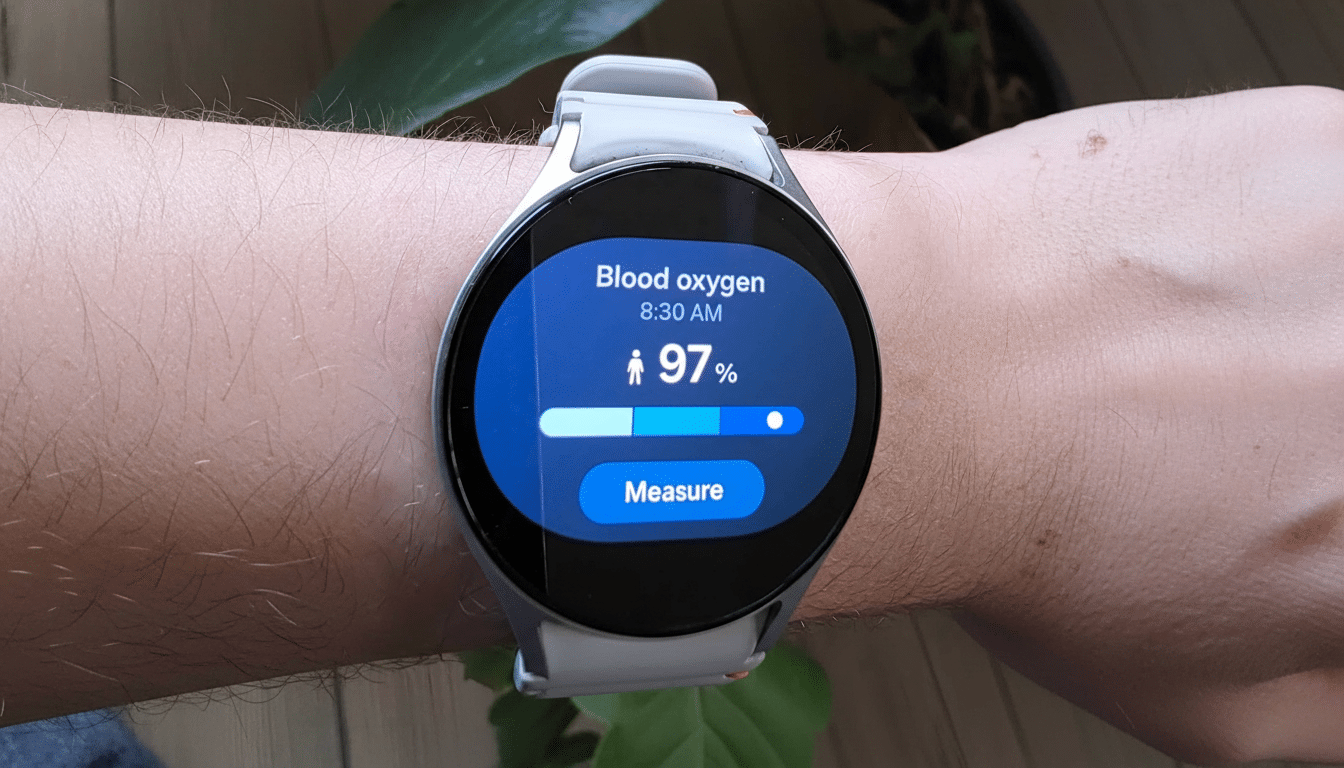Once just novelty gadgets, smartwatches have found their way onto the wrists of daily commuters looking to quickly read messages and emails or keep tabs on fitness goals and retrieve other snippets of personal data. Two models in particular — Samsung’s Galaxy Watch 8 and Google’s Pixel Watch 4 — are worth considering if you’re looking for a Wear OS option. I tried both, but the Galaxy Watch 8 stayed on my wrist. These are the four reasons that pushed me over the edge — based on daily usability, depth of health features, availability and long-term support.
Both are quick, competent and tightly connected to Android. Pixel Watch 4 doubles up on Google-first features and Fitbit’s proven fitness lineage. Not so with the Galaxy Watch 8, which responds with shrewder navigation, extensive wellness tools and a software road map that’s friendly to patience. The day-to-day wins were what counted, in my mind.

With One UI 8 Tiles, Navigation Is Insanely Faster
Wear OS has until now only shown one tile per page, which makes things look nice and neat but adds an unnecessary swipe every time you try to get somewhere. Samsung’s One UI 8 Watch blows that out of the water with multi-tile pages you can vertically scroll, so you can cluster glanceable info — steps, sleep, stress, timers, weather — in one place. It’s like working with widgets on a phone, but adapted to a small screen.
The benefit isn’t ephemeral; it reduces the tap-and-swipe dance in real life. While out for a run, I can tap between heart rate, media controls and laps in one pane without violent sideways hopping through a carousel. Google has slowly been moving the ball on Wear OS design, with more expressive Material elements — but Samsung’s multi-tile solution fixes a pain point I encounter dozens of times per day.
Health Metrics Beyond the Basics on Galaxy Watch 8
The heart rate and sleep monitoring from Fitbit on the Pixel Watch 4 is well-regarded, developed over years of algorithm tweaking with input from independent labs. But the broader Galaxy Watch 8 won me over. There’s more beyond ECG and on-wrist blood pressure monitoring (both of which are available depending on where you live; both require calibration) as Samsung layers on metrics that push beyond workout motivation into everyday habits.
Two examples stand out. Vascular load measures the strain on your circulatory system — especially through sleep — and flags when late nights, booze or long sedentary stretches pile on. The antioxidant index measures carotenoid levels, a proxy for fruit-and-vegetable intake in nutrition research cited by institutions like the National Institutes of Health, via an optical scan. For those of us not covered in bathroom tile on a sedentary day, that prodding is the difference between ignoring data and really altering behavior.
It also retains last year’s AGEs Index – a measure related in clinical literature to advanced glycation end products (AGEs) and lifestyle risk. Factor in AI-assisted running guidance for training blocks and the Watch 8 feels like a coach that cares about recovery, long-term wellness, not just today’s step count.

Hand Gestures That Substitute for Taps and Swipes
The pinch and wrist gestures on the Galaxy Watch 8 aren’t just party tricks; they are, in fact, quicker than pecking at a tiny screen. I double-pinch to scroll through notifications, play or pause audio and dismiss alarms with a quick wrist flick to dismiss a call. After muscle memory takes over, you hardly ever miss the touchscreen.
The highlight is Samsung’s Universal Gestures in Accessibility: open and close your fist or pinch to control the entire interface without touching anything. That’s a real victory for usability and inclusivity. Google’s clever raise-to-talk gesture for Gemini is followed by voice access getting better with each iteration, but the Watch 8’s more general gesture control feels far better tailored to day-to-day life — cooking, lifting or commuting — where one-handed operation often feels like a godsend.
Greater Support And Cross-Device Stability
Smartwatches don’t need to be replaced annually, not if their software keeps them fresh. Samsung’s history of updating older models to new versions of One UI Watch is strong, and in fact the company has publicly signaled its support for bringing new Wear OS builds back to the entire Watch 4 generation. That’s an important element of continuity, if you plan to keep a watch for years or pass it on.
Meanwhile, Google’s first-gen Pixel Watch is nearing the end of its guaranteed support window and rightfully wondering just how far in the future Wear OS updates will go. Longevity is not just about budget; it’s also a sustainability issue. The United Nations Global E-waste Monitor reveals tens of millions of tons of e-waste annually, with wearables adding to the pile. Software with a longer lifespan makes that churn slower.
The company’s latest phones also switched to those far-reaching OS and security timelines, and that corporate stance bleeds into wearables too. Less forced obsolescence, more value over time — and a greater chance that your watch will age gracefully alongside your phone.
The Pixel Watch 4 actually has a compelling reason to exist, particularly with Fitbit accuracy and improved repairability — as well as some emerging features like satellite safety communication. But when I tally up the interactions that make or break each day — how fast I am to information, how well the watch coaches healthy habits, whether or not I can control it without tapping, and how long my device of choice will stay relevant — the Galaxy Watch 8 just fits my life a little more comfortably.

